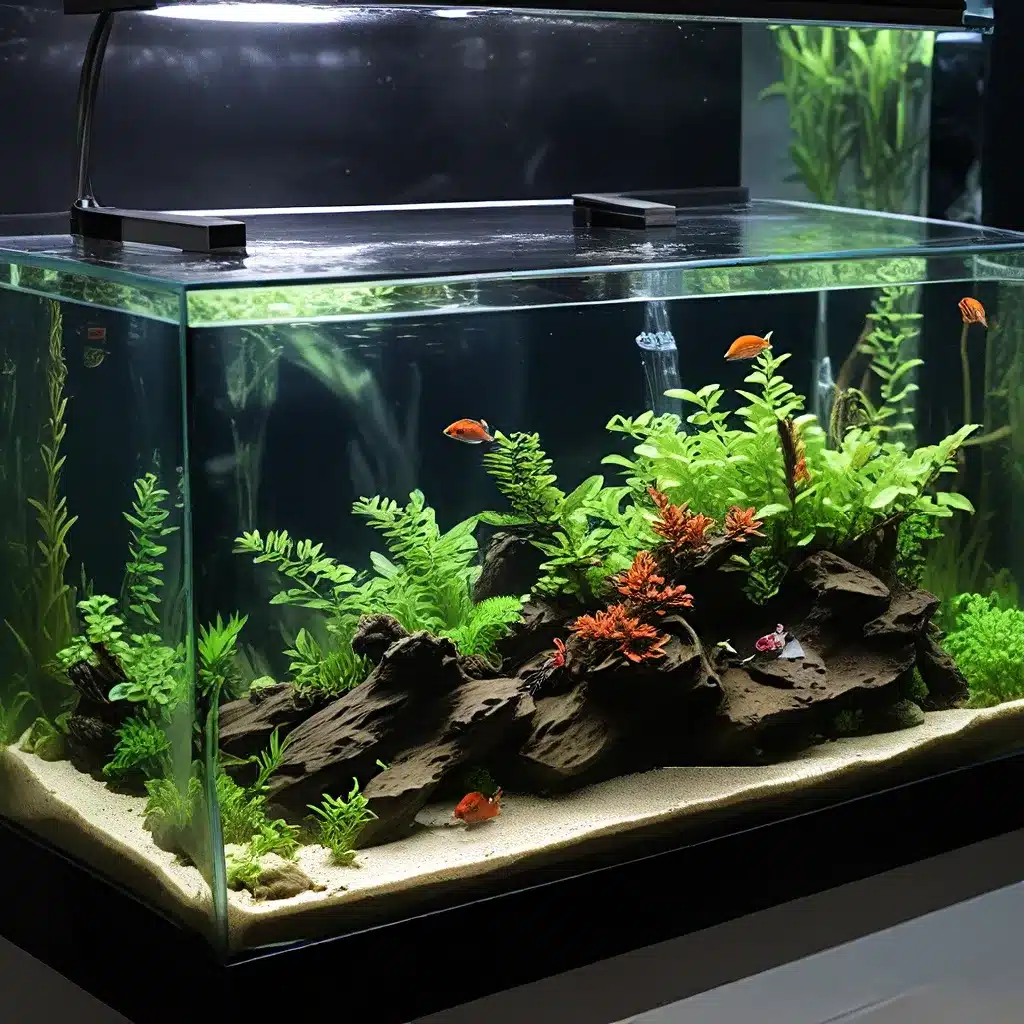
As avid aquarium enthusiasts, we have a responsibility to care for our aquatic ecosystems in a sustainable manner. From the selection of fish species to the design of our aquascapes, every decision we make can have a profound impact on the environment. In this comprehensive guide, we’ll explore practical strategies and expert tips to help you establish a eco-friendly aquarium that minimizes your carbon footprint while providing a thriving habitat for your aquatic companions.
Sustainable Fish Selection
When stocking your aquarium, it’s crucial to prioritize species that are responsibly sourced and have low environmental impact. Avoid purchasing fish that are endangered or have been obtained through unsustainable practices, such as wild-caught specimens or those bred in questionable conditions. Instead, seek out captive-bred fish from reputable suppliers or breeders. These fish are not only more ethically sourced, but they also tend to be healthier and better acclimated to the aquarium environment.
Another important consideration is the species’ ecological role and compatibility within your aquarium’s ecosystem. Choose fish that complement each other’s behaviors and environmental needs, reducing the risk of aggressive interactions or overcrowding. By carefully selecting compatible fish species, you can create a harmonious community that thrives while minimizing the need for excessive water changes or filtration.
Eco-Friendly Aquascaping
The art of aquascaping goes beyond mere aesthetics; it can have a significant impact on the overall sustainability of your aquarium. When designing your underwater landscape, prioritize the use of natural, locally sourced materials such as driftwood, rocks, and live plants. These elements not only enhance the visual appeal of your aquarium but also provide valuable habitat and hiding places for your fish.
Avoid the use of synthetic decorations or materials that may leach harmful chemicals into the water. Instead, explore sustainable aquascaping techniques like the use of planted aquascapes, which can improve water quality, provide oxygenation, and reduce the need for mechanical filtration.
Planted Aquascapes: A Sustainable Solution
Planted aquascapes are a popular and eco-friendly approach to aquarium design. By incorporating a diverse array of aquatic plants, you can create a self-sustaining ecosystem that mimics the natural environment. These plants not only enhance the aesthetic appeal of your aquarium but also play a crucial role in maintaining water quality.
Aquatic plants absorb excess nutrients from the water, preventing algal blooms and reducing the need for frequent water changes. They also release oxygen, which benefits your fish and other aquatic life. When selecting plants, choose fast-growing, hardy species that are well-suited to your aquarium’s lighting, substrate, and water parameters.
Efficient Aquarium Maintenance
Proper aquarium maintenance is essential for the health of your fish and the overall sustainability of your aquarium. Adopt water-conserving practices to minimize your environmental impact, such as:
- Partial water changes: Perform regular partial water changes, rather than complete water changes, to maintain water quality while conserving resources.
- Efficient filtration: Invest in a high-quality filtration system that maximizes water purification while minimizing water consumption and energy usage.
- Proper feeding: Avoid overfeeding your fish, which can lead to excess waste and deteriorating water quality. Feed your fish the appropriate amount and type of food to minimize waste.
By implementing these strategies, you can reduce your water and energy consumption, contributing to a more sustainable aquarium hobby.
Waste Management and Recycling
Aquarium enthusiasts often generate a significant amount of waste, from used filter media to expired medications. Proper waste management and recycling are essential for minimizing your environmental impact. Explore ways to repurpose or recycle aquarium-related materials, such as:
- Filter media: Instead of disposing of used filter media, consider repurposing it as a soil amendment or compost additive for your garden.
- Water changes: Instead of draining used water, consider using it to water your houseplants or outdoor garden, providing valuable nutrients for your terrestrial plants.
- Aquarium equipment: When upgrading or replacing aquarium equipment, research opportunities for recycling or proper disposal to ensure that hazardous materials are handled responsibly.
By implementing sustainable waste management practices, you can reduce your aquarium’s carbon footprint and contribute to a healthier environment.
Embracing Sustainability Beyond the Aquarium
The principles of sustainability extend far beyond the boundaries of your aquarium. As responsible aquarium hobbyists, we can advocate for and support broader environmental initiatives that align with our passion for aquatic life.
Consider volunteering or donating to local conservation organizations that focus on aquatic ecosystem preservation. Participate in beach or waterway cleanups, or support legislation that protects endangered species and their habitats. By engaging in these broader sustainability efforts, you can amplify your positive impact and inspire others to join the cause.
Remember, every small step towards sustainability counts. By making conscious choices and implementing eco-friendly practices in your aquarium, you’re not only enhancing the well-being of your aquatic community but also contributing to the overall health of our planet. Embrace the power of sustainable aquarium practices and become a steward of the underwater world.
For more information on sustainable aquarium management and the latest advancements in the field, be sure to visit King Aquarium, a leading resource for aquarium enthusiasts.

